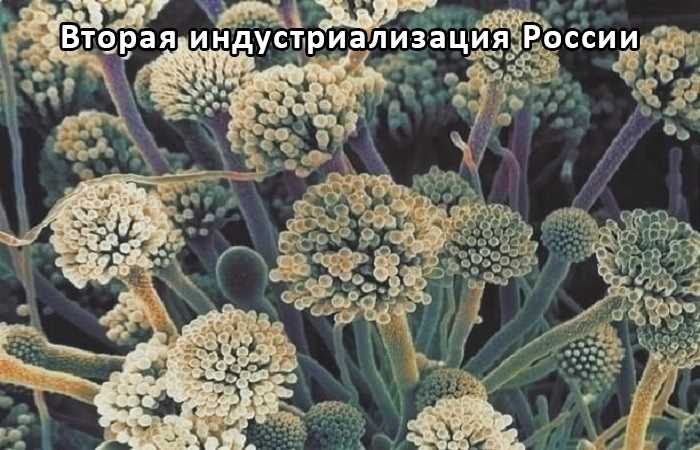Livermore, properties of atom, chemical and physical properties.
Lv 116 Livermore
293 1s2 2s2 2p6 3s2 3p6 3d10 4s2 4p6 4d10 4f14 5s2 5p6 5d10 5f14 6s2 6p6 6d10 7s2 7p4
Livermore — element of the periodic system of chemical elements of Mendeleev with atomic number 116. Located in the 16th group (old classification — the main subgroup of the sixth group), the seventh period of the periodic system.
General information
Properties of an atom
Chemical properties
Physical properties
Table of chemical elements of D. I. Mendeleev
General information
|
|
| Name |
Livermore/ Livermorium |
| Symbol |
Lv |
| Room at the table |
116 |
| Type |
Metal |
| Open |
Lawrence Livermore national laboratory im. E. Lawrence, USA, 2011 |
| Appearance, etc. |
Radioactive metal |
| The contents in the earth’s crust |
0 %. Obtained by synthesis. |
| The contents in the ocean |
0 % |
Properties of an atom
|
|
| The atomic mass (molar mass) |
293 now. E. M. (g/mol) |
| Electronic configuration |
presumably the 1s2 2s2 2p6 3s2 3p6 3d10 4s2 4p6 4d10 4f14 5s2 5p6 5d10 5f14 6s2 6p6 6d10 7s2 7p4
|
| The radius of the atom |
|
Chemical properties
|
|
| Oxidation |
estimated -2, +2, +4 |
| Valence |
+4, +2, -2 |
| Covalent radius |
|
| The radius of the ion |
|
| Radius van der Waals |
|
| Electronegativity |
|
| Energy of ionization (the first electron) |
estimated 663,9 kJ/mol (of 6.88 eV) |
| Electrode potential |
|
Physical properties
|
|
| Density (under normal conditions) |
|
| Melting point |
|
| Boiling point |
|
| UD. the heat of fusion |
|
| UD. heat of evaporation |
|
| Molar heat capacity |
|
| Molar volume |
|
| The thermal conductivity (at 300 K) |
|
| The electrical conductivity in the solid phase |
|
| Superconductivity at a temperature of |
|
| Hardness |
|
| The lattice structure |
|
| The lattice parameters |
|
| Debye Temperature |
|
Table of chemical elements of D. I. Mendeleev



